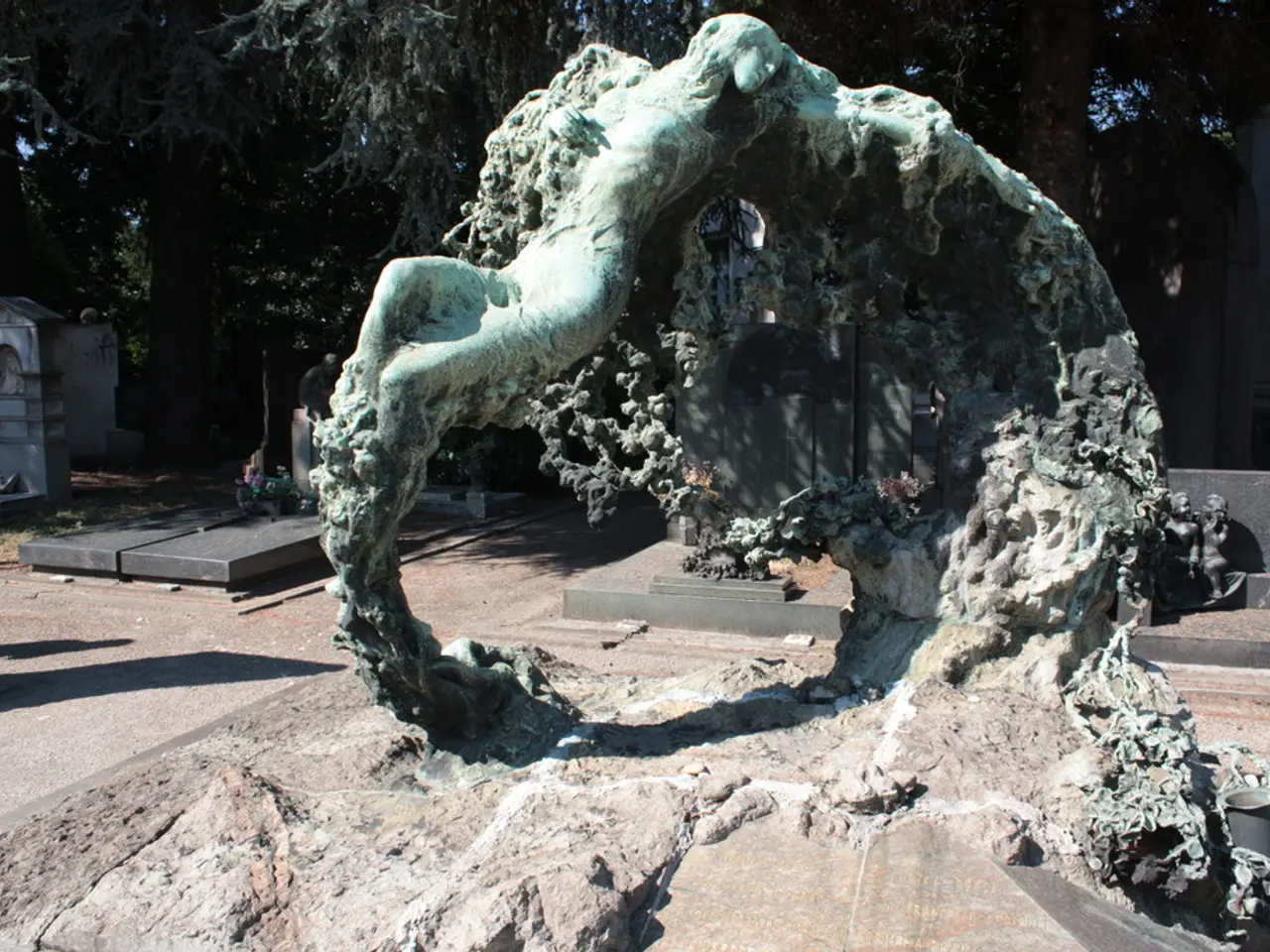Hominid Species Homo Naledi May Have Practiced Funerary Rituals, Scholarly Reviewer Approves of Findings
In a groundbreaking study published in the journal eLife, a team of researchers led by Lee Berger and Paul Dirks have re-examined the evidence surrounding Homo naledi, a prehistoric hominid discovered in South Africa's Rising Star Cave System. The study, which has been amended and resubmitted following initial peer review, lends greater clarity and rigor to the evidence for intentional burials by Homo naledi.
The specimens of Homo naledi are dated to between 241,000 and 335,000 years ago. The skeletons were analysed and deemed to have been deliberately interred, suggesting the prehistoric human had cognitive capacity for funerary behavior.
The question of whether Homo naledi buried its dead remains a topic of debate, with one of the original peer reviewers expressing doubts about how the hominid might have reached the highly inaccessible cavern. However, the revised manuscript by Berger et al. includes thorough analyses and clearer illustrations to address these gaps in the earlier version.
The study includes a well-structured timeline of events surrounding death and deposition, providing a more convincing argument for deliberate burial practices by Homo naledi. The researchers have also included new data supporting the idea that the bones were placed in human-made pits.
Despite the ongoing debate, Berger and Dirks advocate in their study manuscript that Homo naledi deliberately buried its dead. The capability of symbolic behavior is questionable for such a primitive species as Homo naledi, but the study improves the ability to differentiate between natural processes and deliberate human actions.
The debate about the emergence of funerary customs in human evolution is likely to be hotly debated due to the study by Berger et al. The idea of Homo naledi deliberately burying its dead is sure to be a topic of discussion in the story of human evolution.
The species Homo naledi had a brain that's about the same size as a chimp's, raising questions about its cognitive abilities. However, the study adds greater credibility to the claim that the skeletons were deliberately buried, suggesting a more complex prehistoric society than previously thought.
The initial study claiming Homo naledi buried its dead was submitted for peer review, but all four reviewers found the evidence inadequate and unconvincing. The revised manuscript, however, has received support from one of the original peer reviewers, with the other now convinced by the study authors' attempts to demonstrate deliberate and repeated burial practices by Homo naledi.
The study by Berger et al. is a significant contribution to our understanding of human evolution, shedding light on the capabilities and behaviours of our prehistoric ancestors. The ongoing debate is sure to continue, but the study provides a strong foundation for further research into funerary customs in human evolution.








